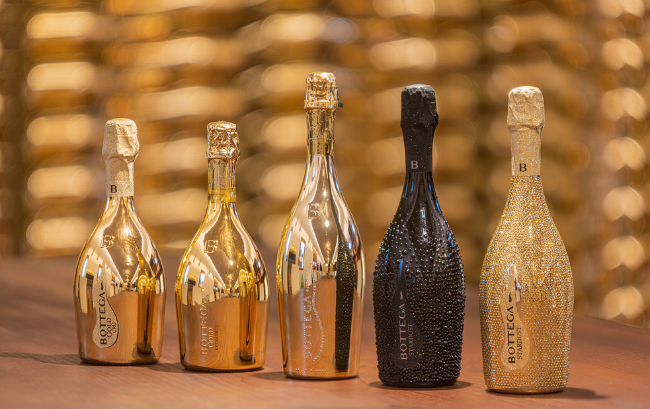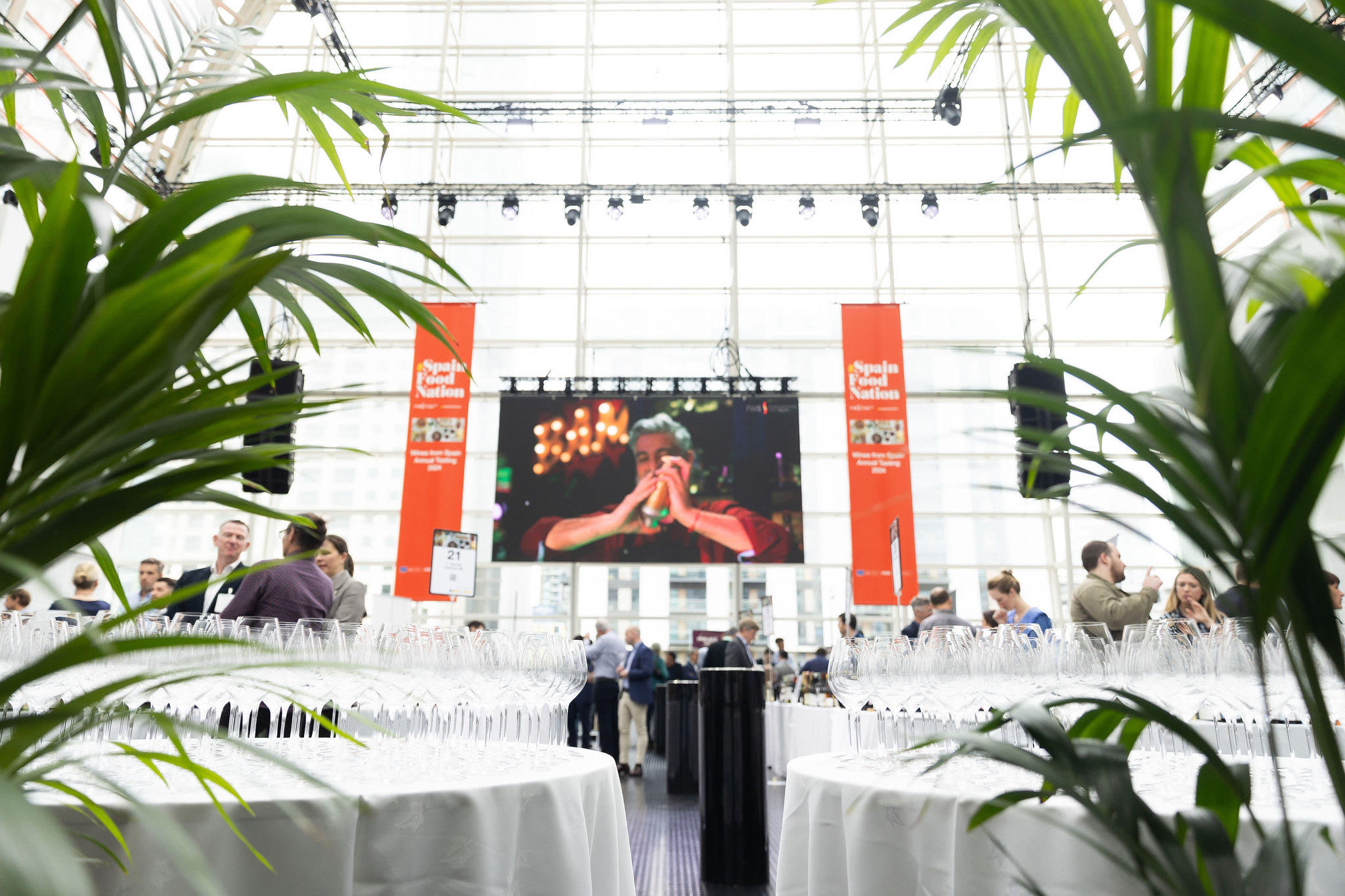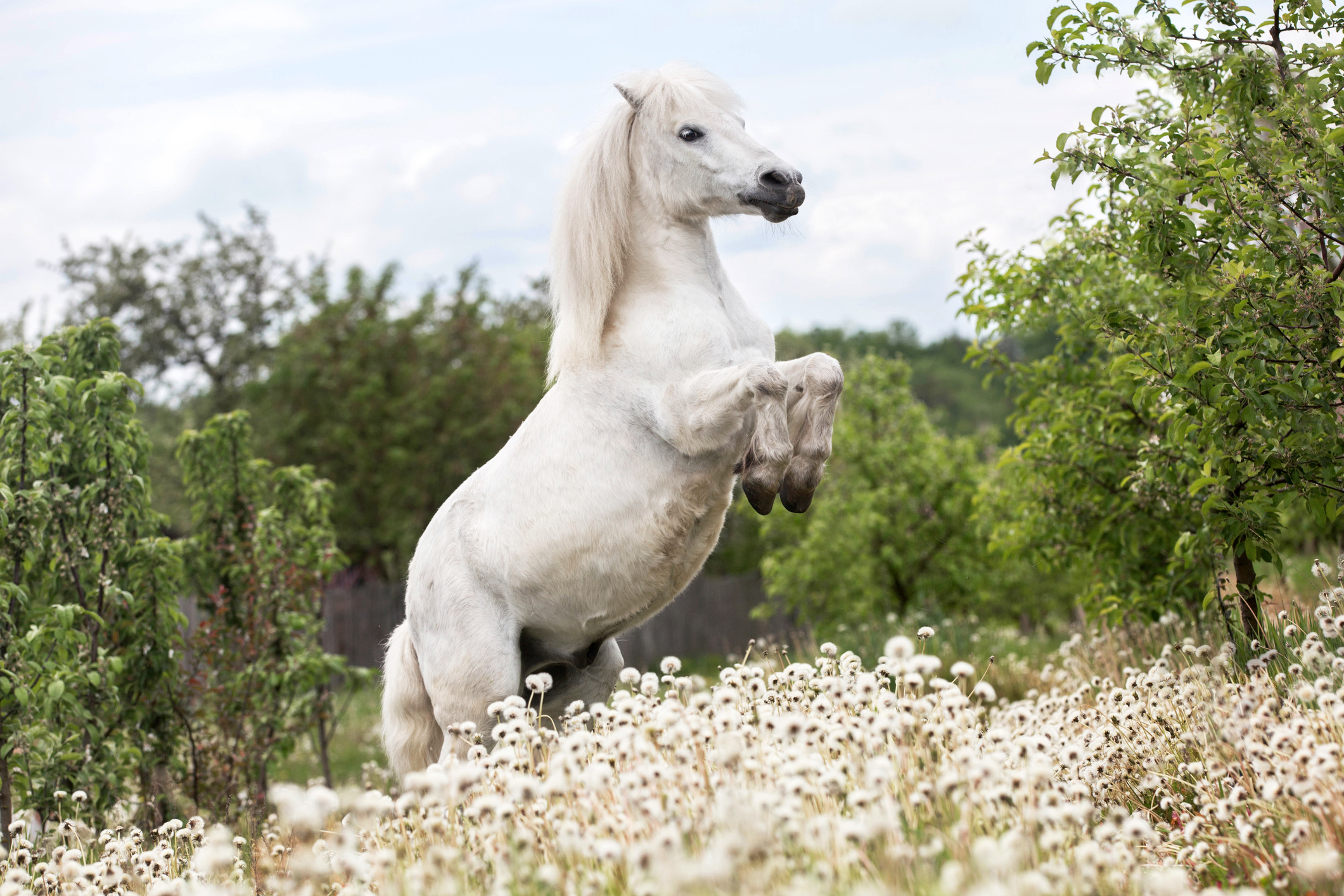‘The paler, the better’? Three rosé myths debunked
By Iris FabreThe Global Rosé Masters contest is your chance to help demystify one of the most popular categories of wine and make your rosé stand out among an ever-growing competition. Enter before 16 April.

The Global Wine Masters’ rosé-focused competition is one of the most extensive contests of the year-long series, with over 260 entries in 2023: yet more proof that pink wine has conquered the world and is no longer just a summer drink.
However, some pre-conceived ideas about rosé persist, and it’s time we set the record straight about pink wine…
1. The paler the rosé, the better
This common myth dies hard, as many consumers still associate darker rosé with sweeter style, partly due to White Zinfandel’s popularity and the standardisation of the pale Provence style. But that’s the great thing about rosé: pale to dark pink, bone dry to almost cloyingly sweet, unoaked to barrel-aged, still to sparkling – there’s a different style for everyone, and rosé can’t be judged by its colour!
2. Rosé is easier to make than white or red wine
For a long time, rosé was considered a by-product of red wine – which it sometimes was. But nowadays, for many producers rosé is a key addition to their portfolio, that require as much care (if not more!) than any white or red wine, and that has definitely premiumised in the last decade.
This year’s Best Rosé was awarded to a major Languedoc producer, Gerard Bertrand, for his Clos du Temple 2021 – the most expensive rosé in the world, “age-worthy, textured, and complex”, according to chairing judge Patrick Schmitt MW.
Partner Content
3. Quality rosé has to come from Provence
For sure, rosé is Provence’s signature style, its delicate colour and herbaceous character reflecting perfectly the Southern “art de vivre”. But last year’s Global Rosé Masters competition also proved that outstanding pink wines are made all across the globe, with award-winning rosés from Italy, Australia, Spain, New Zealand, Austria, and Romania.
Now is your chance to break the stereotypes and join the Global Rosé Masters 2024, a competition aiming at identifying the best pink wines around the world, in every style and price range.
Entries are open for another ten days and results will be published in the June issue of the drinks business magazine and online.
You’ll be looking through rosé-coloured glasses once you win a medal, so enter the competition here before 16 April.
Entries cost £159 ex VAT
For more information contact: sophie@thedrinksbusiness.com
Related news
The winemaking nations hit hardest by Trump tariffs
Hospices de Nuits-Saint-Georges auction: bucking the trend
‘Liberation Day’ or liquor lockdown? Trump’s tariffs rattle the wine & spirits world




